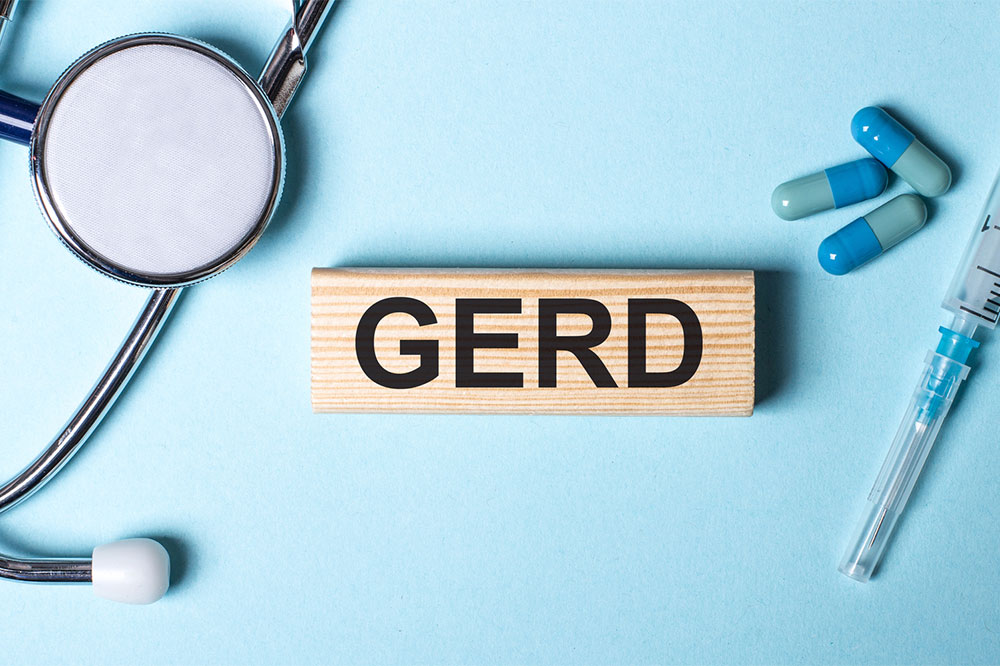Understanding Inflammatory Bowel Disease: Types, Symptoms, Causes, and Treatment Strategies
Learn about Inflammatory Bowel Disease, including its types, symptoms, causes, and effective management strategies. This comprehensive guide helps individuals understand diagnosis, lifestyle changes, and treatment options to improve quality of life with IBD.

Understanding Inflammatory Bowel Disease: Types, Symptoms, Causes, and Treatment Strategies
Inflammatory Bowel Disease (IBD) is a long-term disorder impacting the digestive tract. The two primary types are Crohn’s disease and ulcerative colitis. While both conditions involve intestinal inflammation, their locations and patterns differ. Crohn’s can affect any segment from mouth to anus, often targeting the small intestine and upper colon, causing patchy inflammation. Ulcerative colitis is confined to the colon and rectum, with continuous inflammation of the lining. Recognizing symptoms and causes is vital for effective management and relief.
Deep tissue inflammation is characteristic of IBD, with Crohn’s resulting in patchy lesions that separate affected and healthy tissue. Ulcerative colitis involves persistent inflammation in the inner lining of the colon and rectum. In some cases, microscopic colitis can only be detected under a microscope.
Causes and Risk Factors
While the exact cause of IBD remains uncertain, genetics play a significant role, with family history increasing risk. The immune system, which usually fights infections, may mistakenly attack the intestines, leading to inflammation. Environmental factors, stress, and mental health issues like depression can also influence disease onset. Untreated, IBD can cause complications such as strictures, blood clots, liver problems, and nutrient absorption issues, impacting overall health. Prompt medical attention is essential.
Recognizing Symptoms
Symptoms range from mild discomfort to severe episodes, often abruptly or gradually appearing. Common signs include abdominal pain, bloating, diarrhea, nausea, fatigue, fever, and joint pain. Blood or mucus in stools warrants medical evaluation. Less common symptoms include skin rashes and eye irritation, emphasizing the importance of proper diagnosis.
Management and Treatment Options
Managing IBD involves reducing inflammation and alleviating symptoms through medication and lifestyle changes. Hydration is crucial; drinking water, juices, and broth helps regulate bowel movements, avoiding caffeinated drinks. Regular exercise supports digestion, while stress management techniques like meditation, yoga, and therapy reduce symptom triggers. Dietary adjustments—smaller, well-tolerated meals—are recommended, avoiding spicy, fatty, or fibrous foods during flare-ups. Nutritional support may be necessary in severe cases to address deficiencies.
Psychological support and adequate sleep enhance overall wellbeing. In advanced cases, surgery might be needed to remove damaged bowel segments or address blockages. Early diagnosis, treatment, lifestyle modifications, and emotional support are essential to manage IBD effectively.
Note: This information aims to inform and should not replace professional medical advice. Consult healthcare providers for personalized treatment plans.










